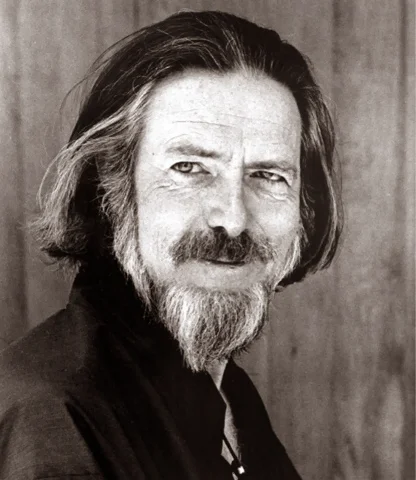Really lucid words from British writer and philosopher Alan Watts - who features in an intriguing way in Spike Jonze's wonderful movie, Her:
The “primary consciousness,” the basic mind which knows reality rather than ideas about it, does not know the future. It lives completely in the present, and perceives nothing more than what is at this moment. The ingenious brain, however, looks at that part of present experience called memory, and by studying it is able to make predictions. These predictions are, relatively, so accurate and reliable (e.g., “everyone will die”) that the future assumes a high degree of reality – so high that the present loses its value.
But the future is still not here, and cannot become a part of experienced reality until it is present. Since what we know of the future is made up of purely abstract and logical elements – inferences, guesses, deductions – it cannot be eaten, felt, smelled, seen, heard, or otherwise enjoyed. To pursue it is to pursue a constantly retreating phantom, and the faster you chase it, the faster it runs ahead. This is why all the affairs of civilization are rushed, why hardly anyone enjoys what he has, and is forever seeking more and more. Happiness, then, will consist, not of solid and substantial realities, but of such abstract and superficial things as promises, hopes, and assurances.
Many thanks to Brain Pickings, one of the most extraordinary resources on the web. Sign up for their weekly email at: http://www.brainpickings.org

Comments
Post a Comment
Please note that for reasons I have not been able to solve yet, I have enormous difficulty posting replies to comments - so I apologize if I don't reply!